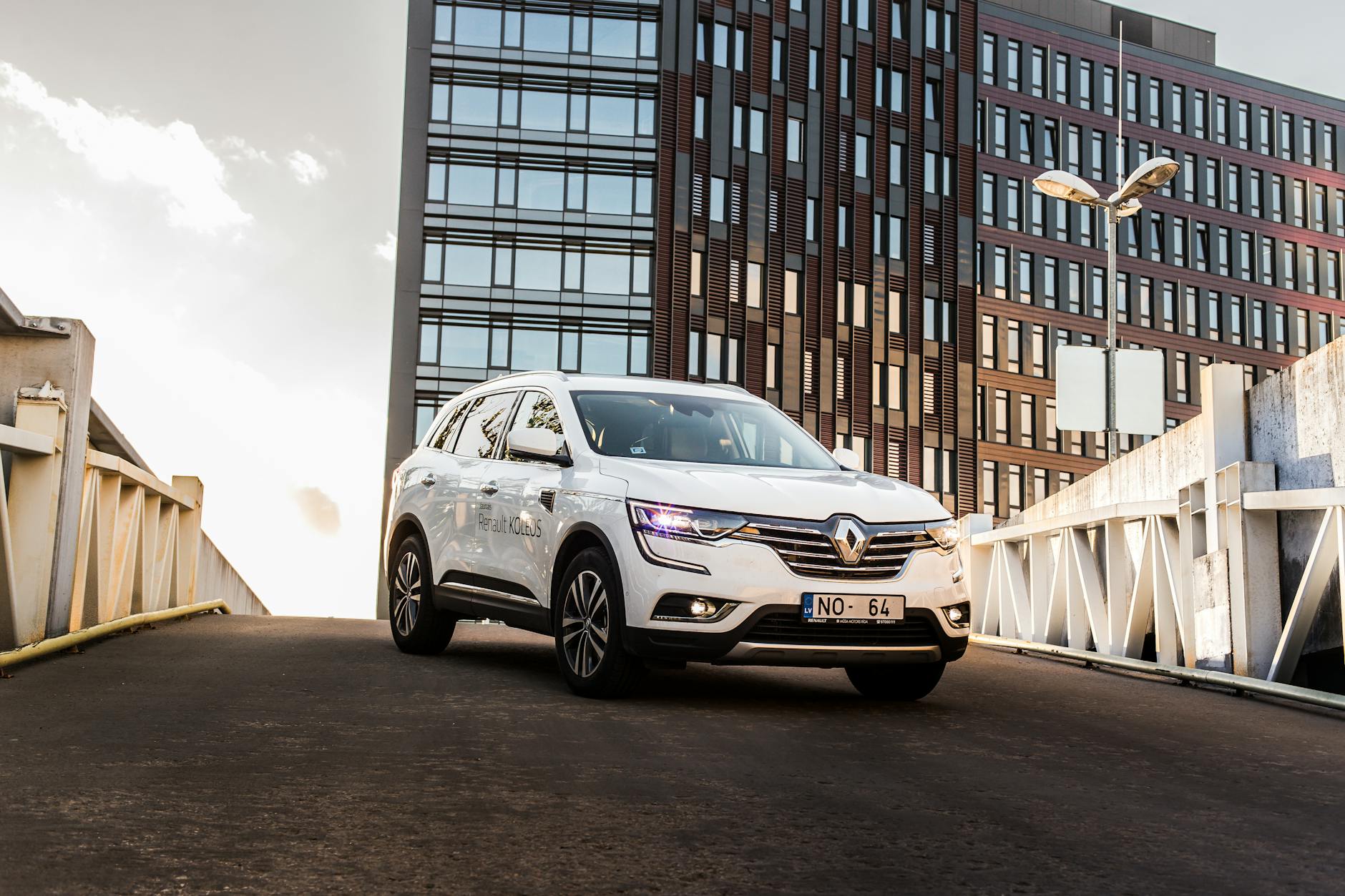How to Innovate Sustainable Practices for Used Cars in Australia

Redefining Used Car Sustainability
In the ever-evolving landscape of automotive sustainability, it's essential to explore innovative approaches for advancing the longevity and efficiency of used Subaru, used Mitsubishi, and 2nd hand Hyundai i30 vehicles. As mechanical engineers working in the renewable energy sector, our focus often gravitates towards integrating sustainable technologies into existing vehicle models. That's where eco-friendly retrofitting becomes significant, enabling us to improve energy efficiency without compromising performance.
Key strategies include:
-
Emphasising Vehicle Longevity: By adopting robust maintenance protocols and choosing high-quality components, we can extend the lifespan of used cars significantly. This approach not only enhances vehicle performance but also conserves resources.
-
Eco-Friendly Retrofitting: Retrofitting existing vehicles with the latest green technologies allows us to reduce environmental footprints. For example, incorporating energy-efficient engines can lower emissions whilst maintaining performance standards.
-
Circular Economy Practices: Adopting circular economy principles, such as recycling components and repurposing materials, is crucial for reducing waste in the automotive industry. This sustainable model aligns well with our broader goals of conservation and efficiency.
Embrace these practices, drawing inspiration from industry leaders, such as those showcased at events like the Melbourne Convention and Exhibition Centre for automotive expos. By doing so, you not only aid in revolutionising the used car market but also actively contribute to environmental conservation.
Innovative Energy Solutions
Incorporating innovative energy solutions within the automotive industry stands at the core of sustainable development. One significant approach involves advancing hybrid technologies to maximise the efficiency of used vehicles like a second hand Toyota RAV4. By adopting cutting-edge hybrid systems, we can enhance the energy consumption and reduce the emissions of these vehicles, aligning with the goals of many engineers focused on sustainable automotive practices.
Equally important is the optimisation of battery efficiency. Emerging technologies in battery management systems allow for prolonged battery life and more effective energy usage. Imagine the potential when applied to electric models available in the market, such as a used Mazda. Enhancing battery efficiency not only extends the lifespan of electric vehicles but also plays a crucial role in expanding their adoption in mainstream vehicle choices.
Exploring renewable fuel options is another promising avenue. Recent developments in biofuels and hydrogen technology have shown promise in powering internal combustion engines more cleanly and efficiently. For instance, retrofitting a vehicle like a used kia with access to such renewable resources can create a notable impact on both fuel economy and environmental footprint.
While the journey towards sustainable energy solutions is complex, the resources available at institutions such as the Melbourne Convention and Exhibition Centre for automotive expos provide ample opportunities to gain insights into these transformative technologies. With innovative problem-solving approaches, mechanical engineers have the tools and frameworks needed to make substantial strides in advancing energy solutions for a brighter automotive future.
Improving Vehicle Efficiency
For mechanical engineers like myself, especially those interested in renewable energy, improving vehicle efficiency is a critical area of focus. Let's start with aerodynamic enhancements, which play a significant role in boosting a car’s performance. Refining airflow around vehicles, such as a used Hyundai or a used Ford, is crucial in reducing drag, which can significantly improve fuel efficiency and overall performance.
Next is engine optimization, an area that's ripe for innovation. Techniques like variable valve timing and turbocharging can enhance engine efficiency, providing a robust balance of power and economy. This is particularly beneficial in extending the lifespan of older engines while reducing emissions, aligning with Melbourne's progressive environmental goals.
Adopting advanced maintenance strategies is another key aspect. Proactive measures like regular oil changes, precise wheel alignment, and timely air filter replacements not only extend the life of vehicles but also maintain optimal efficiency levels. For those of us who value sustainability and efficiency, dedicating time to such maintenance can make a significant difference.
By integrating these innovative approaches, such as those found at RMIT University's Advanced Manufacturing Precinct, we empower ourselves to make substantial improvements in vehicle efficiency. This not only supports the broader goal of reducing environmental impact but also drives forward the exciting transformation within the automotive industry.
Environmental Impact Reduction
Decreasing Emissions Output
In pursuit of a cleaner future, strategies to decrease emissions in used vehicles are becoming increasingly vital. One effective approach is the installation of advanced exhaust systems, which can significantly lower harmful emissions. Retrofitting existing models, such as second hand cars Sydney, with these systems allows for a reduction in carbon footprint without compromising performance. Attention should also be paid to fuel efficiency; adopting hybrid or electric conversions can transform emissions-heavy models into eco-friendly alternatives.
Sustainable Material Usage
Incorporating sustainable materials into vehicle manufacturing and repairs can drastically reduce the environmental impact. Materials like recycled steel, eco-friendly upholstery, and sustainably sourced interiors not only lessen the depletion of natural resources but also enhance the lifecycle of used cars. Mechanical engineers are now exploring innovative uses of lightweight composites to further reduce vehicle weight and improve fuel efficiency, creating a harmonious balance between performance and sustainability.
Recycling and Upcycling Components
Recycling and upcycling components are key in closing the loop within the automotive industry. This practice doesn’t merely involve reusing parts from models like a 2nd hand Ford Ranger but extends to creatively repurposing components to meet new engineering challenges. For instance, worn-out tires can be transformed into high-performance components, ensuring longevity and reducing waste. The focus on recycling minimises manufacturing demand, leading to a more sustainable industry overall.
Incorporating these innovative problem-solving approaches aligns with our commitment to reducing environmental impact while advancing automotive technology.


